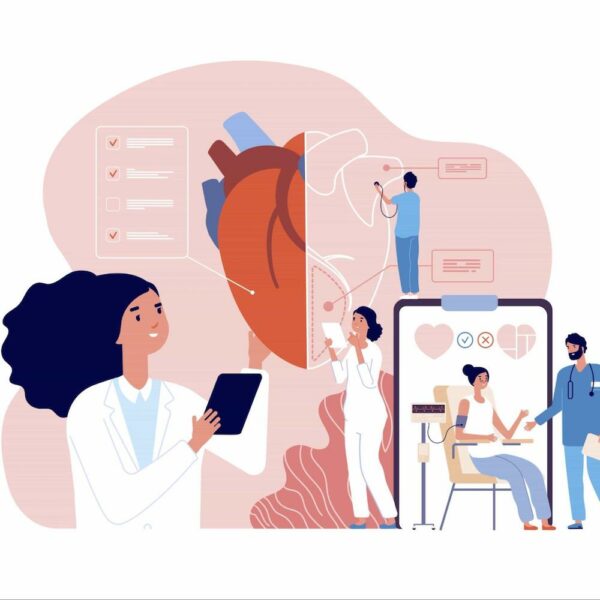Triage Process: How To Quickly Assess Patient Needs
Triage Process: How To Quickly Assess Patient Needs
At times, medical-care systems can become overloaded and there are not enough resources to immediately care for those injured. Triage is a term for the system used to sort the injured or sick people according to their need for emergency medical attention. Put simply, it’s a method to decide who needs help first.
Triage may be performed by emergency room gatekeepers, emergency medical technicians (EMTs), soldiers on a battlefield, or anyone who knows how to apply the system during an emergency situation.

When Is Triage Used?
As mentioned above, triage is used when there are insufficient resources available to care for all patients. Mass-casualty incidents can arise in a natural disaster, terrorist incident, or war zone. Other situations could be during a large motor vehicle accident or a crowd surge at a festival with too few ambulances or EMTs.
In hospital emergency departments, triage is done by a specialised nurse as soon as possible after a patient arrives. Triage assessment generally takes no more than two to five minutes. This ensures that patients in need of lifesaving treatment or hospital admission are seen before those who may be presenting for a less serious condition.
Ultimately, triage may be seen as a form of rationing. It provides a method for short term needs, such as a vehicle accident with multiple casualties needing ambulances. Or, it may be a long-term need for a remote or understaffed hospital that receives too many patients at the emergency department.
How Does Triage Work?
Triage systems vary across nations and organisations, ranging from verbal should in an unusual emergency to clearly defined coloured or category tagging systems. In practice, they all work in the same way by deciding priority.
Patients are allocated a triage category based on the time in which they need medical attention. Australia uses the Australasian Triage Scale (ATS) to establish waiting times for medical assessment and treatment of a patient.
The ATS uses five categories from Category 1 – an immediately life-threatening condition that requires immediate simultaneous assessment and treatment – to Category 5 – a chronic or minor condition that can be assessed and treated within two hours.
- ATS Category 1 — Require Immediate Treatment
- ATS Category 2 — Respond In 10 Minutes
- ATS Category 1 — Respond In 30 Minutes
- ATS Category 1 — Respond In 60 Minutes
- ATS Category 1 — Respond In 120 Minutes
Prepare For The Triage Process With SMART Equipment
Having the right equipment is key to performing the triage process. Midmed has a range of SMART triage equipment to meet the needs of first responders, hospital nurses and military personnel.
This includes lightweight and portable triage bags, category tags, specialised tape for pediatric casualties and education material to train staff.If you would like to learn more about our triage equipment, please get in touch with our friendly staff.

